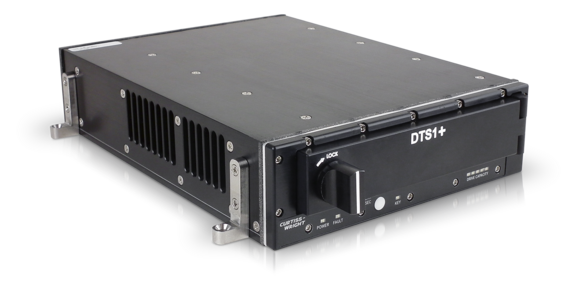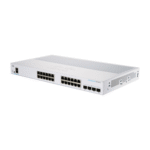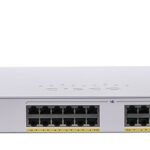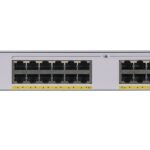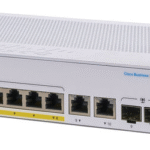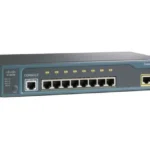Establishing a business network involves many considerations, whether you’re setting up in a new office or upgrading an outdated system. Without an IT team to assist, it can be difficult to determine the necessary steps for your network. It’s essential to clearly communicate your needs, timeline, and reasons behind your requirements, as your installer will strive to fulfil them to the best of their ability.
A business networking solution enables seamless data transfer and storage, computer usage, access to cloud tools, and much more. It’s crucial to have a network tailored to the unique needs of your organization. This article will help you select the right networking solution for your small business, even though your installer can provide guidance on specific factors during the setup process.
What is a Network Solutions?
Organizations can achieve their objectives by leveraging various networking technologies, protocols, and services. In today’s digital era, these solutions are essential for enabling smooth collaboration, resource sharing, and reliable connectivity.
Networking solutions encompass both hardware and software components, including operating systems, network management tools, and security protocols. These solutions are vital for businesses of all sizes, supporting key functions such as email, file sharing, cloud services, website hosting, and more. Whether through wireless, local, or wide-area networks, businesses rely on these technologies to stay connected and maintain productivity.
The landscape of networking solutions has evolved significantly to meet the increasing demands of modern organizations, driven by advancements such as virtualization, software-defined networking (SDN), and cloud computing. These innovations enable businesses to adapt their network infrastructure to dynamic needs, enhancing flexibility, scalability, and efficiency. Furthermore, robust security measures integrated into networking solutions safeguard sensitive data, protecting network resources from unauthorized access, theft, and misuse. As businesses grow increasingly reliant on digital connectivity, reliable networking solutions play a critical role in fostering success and driving innovation.
Evolution of Networking Solutions
Continuous innovation and technological advancements have marked the evolution of networking solutions. As the demand for faster, more reliable, and secure communication infrastructures has grown, systems have transformed from basic point-to-point connections into complex, highly interconnected networks. The progression stages of networking solutions are as follows:
Early Networking Technologies:
Networking began in the 1960s with ARPANET, the precursor to the modern internet. This early system allowed mainframe computers to connect via dedicated lines using TCP/IP protocols. Governments and academic institutions for research purposes primarily utilize these networks.
Local Area Networks (LANs) and Ethernet:
During the 1970s and 1980s, local area networks (LANs) emerged, enabling computers within a small geographical area to share resources and communicate. Xerox PARC developed Ethernet, a standardized method for transmitting data over coaxial cables, which quickly became the dominant LAN technology.
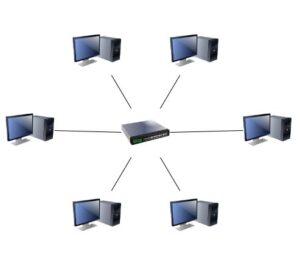
Client-Server Architecture:
In the 1980s, client-server computing introduced a distributed networking model. This architecture allowed for more efficient resource management and paved the way for the development of modern networked applications and services.
Wide Area Networks (WANs) and the Internet:
Since the 1990s, wide area networks (WANs) have been widely adopted, utilizing technologies like leased lines, frame relay, and ATM to connect LANs over long distances. The early 1990s saw the rise of global communication and information exchange as millions of computers. These computers were connected worldwide, leading to the growth of the internet.
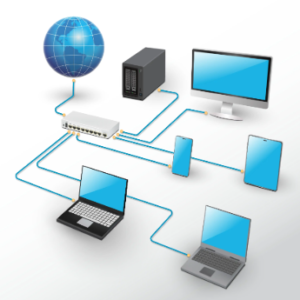
Internet Protocol (IP) Convergence:
As networking technologies advanced, VoIP, video, and data were increasingly integrated into IP networks. This convergence enabled the creation of unified communication solutions that seamlessly combine various forms of communication, such as Voice over IP (VoIP) and Internet Protocol Television (IPTV).
Wireless Networking:
In the 2000s, Wi-Fi and cellular networks became widely adopted due to the rise of mobile devices. Wireless Local Area Networks (WLANs) enabled internet and corporate network access without the need for physical cables. 3G, 4G and 5G networks further transform the evolution of mobile connectivity. In addition, 5G networks, offers faster speeds and lower latency.
Virtualization and Software-Defined Networking (SDN):
Technologies such as virtualization and SDN result in recent advancements in networking. Virtualization abstracts network resources from the underlying hardware, enabling more efficient utilization and scalability. SDN, by separating the control plane from the data plane, simplifies network management, automates tasks, and facilitates orchestration.
Cloud Networking and Edge Computing:
Cloud computing and edge computing have led to the development of decentralized and distributed infrastructures. Edge computing improves performance and reduces latency for critical applications by bringing computation and data storage closer to the point of use. This is achieved through cloud networking and scalable services delivered over the internet.
Security and Network Management:
Throughout the evolution of networking solutions, network management and security have remained top priorities. Advances in encryption, authentication, and intrusion detection/prevention systems have strengthened data security and helped prevent cyber threats. Additionally, sophisticated network management tools and protocols enable administrators to monitor, optimize, and troubleshoot complex networks effectively.


